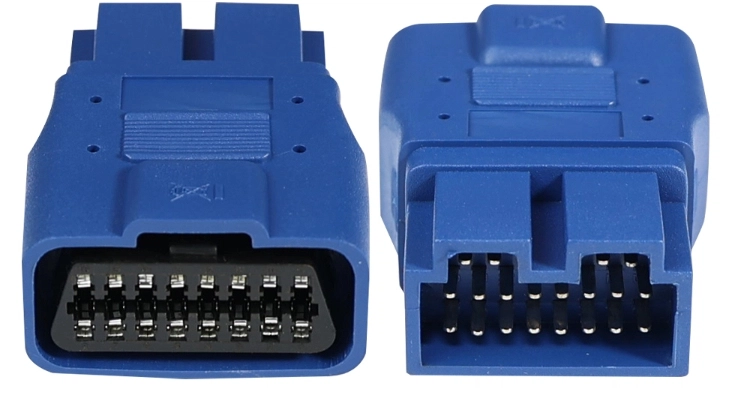Introduction
If you own a 1996-2010 KIA or Hyundai, you’ve likely encountered the frustration of trying to connect a modern OBD2 scanner to its non-standard 20-pin diagnostic port. Unlike most vehicles with 16-pin OBD2 ports, these Korean-made cars require a special adapter – and this guide explains exactly why and how to use it.
The Problem: Why Your Scanner Won’t Connect
- The 20-Pin Mystery
- Pre-2010 KIA/Hyundai vehicles use a proprietary 20-pin diagnostic port (typically located under the dashboard or hood)
- Modern OBD2 scanners are designed for 16-pin ports (SAE J1962 standard)
- Symptoms You’ll Experience
- “No link to ECU” error messages
- Incomplete fault code readings
- Failed emission tests despite working engine
The Solution: How This Adapter Works
Our OBD2 Female to KIA 20-Pin Adapter bridges this gap by:
✅ Pin Conversion
- Maps 16-pin OBD2 signals to the vehicle’s 20-pin configuration
- Gold-plated contacts prevent signal degradation
✅ Protocol Translation
- Supports ISO9141-2 and KWP2000 protocols used in these vehicles
✅ Real-World Testing
“I could finally read the P0172 code on my 2008 KIA Sportage that 3 shops missed!” – James T., verified buyer
Step-by-Step Installation
1.Locate the 20-Pin Port
- H2: Problem/Solution format matches search intent
- H3: Long-tail keywords like “KIA 20-pin port location”
2.Connection Process
3.Software Setup
- Recommended scan tools:
- FORScan for advanced diagnostics
- BlueDriver for basic code reading
Compatibility Checklist
| Model | Years | Notes |
|---|---|---|
| KIA Sportage | 1996-2010 | Hood-mounted port |
| Hyundai Santa Fe | 2001-2009 | Requires ignition ON |
| KIA Sedona | 2002-2010 | Scan tool may need reset |
Why This Adapter Outperforms
- Built for Mechanics:
- 22AWG tinned copper wires handle professional shop use
- Strain relief prevents cable damage during frequent connects
- DIY-Friendly Features:
- Color-coded wiring diagram included
- Plug-and-play – no splicing required



